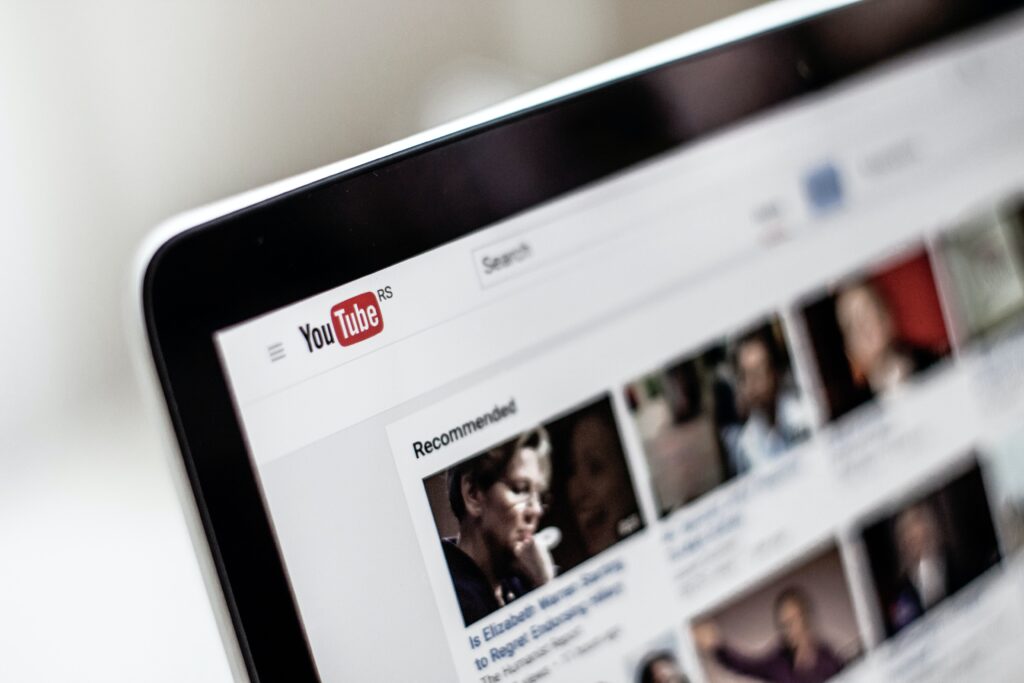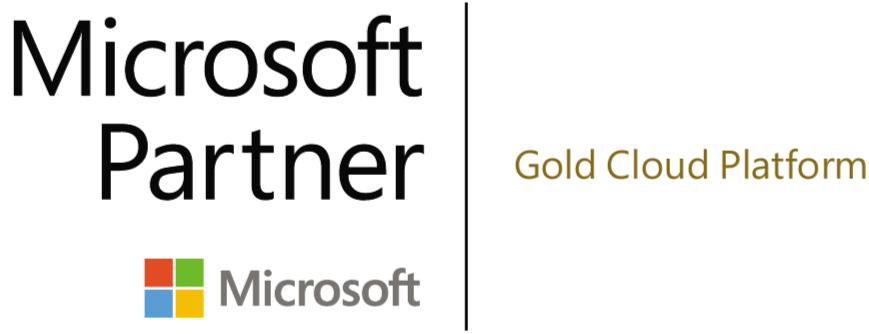The trend of streaming government meetings on YouTube is growing thanks to the platform’s popularity and accessibility. It’s an easy way for government organizations to broadcast their meetings to a wider audience, and above all, it’s free!
However, streaming meetings on YouTube also comes with significant risks, especially for government organizations. In this article, we’ll break down the potential risks and all you need to consider before streaming on the platform.
Why Governments are Streaming on YouTube
Live streaming meetings has several benefits for both government organizations and citizens. It can help make your meetings accessible to a wider audience, as anyone with an internet connection can tune in and participate. And YouTube is an easy and cost-effective way to do so.
YouTube provides a more convenient way for citizens to engage with their government. Instead of attending meetings and events in person, citizens can participate in government meetings from the comfort of their own homes. This can save a lot of time and costs spent on traveling, and help make government meetings more accessible. Check out these 4 tips to improve accessibility in online government meetings!
By streaming meetings on YouTube, government organizations can increase transparency and accountability as citizens can view discussions in real-time. This can help discourage corruption and misconduct by public officials, as their actions are open to public scrutiny. It’s why video is such a powerful tool to promote trust and confidence in the government.
Streaming government meetings on YouTube is a valuable tool for promoting transparency, accountability, inclusivity, and democracy. Although YouTube can be a great platform for streaming, you don’t own the content you upload, which can pose many risks for government.
Potential Risks of Streaming Government Meetings on YouTube
It’s no question that YouTube can help grow your reach and engagement for meetings. But it shouldn’t be your only platform due to the risks of storing video on YouTube. Here’s what you need to look out for:
1. You Don’t Own Your Content
As with any third-party platform, once you’ve uploaded your video content to YouTube, it’s controlled by the platform. This means if you’re using YouTube as the sole platform to store all your meetings, there’s a significant risk of losing your records without the chance to recover them. This can happen for a number of reasons. One of the most common ways meetings are removed from YouTube is because of copyrighted music, even if it’s just someone’s ringtone or an intermission playlist.
By using YouTube as a video archive, you run the risk of losing all your meeting recordings and jeopardizing the public’s access to important information based on the private company’s guidelines.
2. YouTube isn’t ADA-Compliant
While you might think that the popular video platform is optimized for accessibility, it’s not compliant with the Americans with Disabilities Act. Accessibility and inclusivity are key parts of democracy and the government, which is why it’s crucial that meeting recordings can are accessible to all citizens. YouTube can help improve accessibility thanks to its widespread use, but shouldn’t be the only video platform government use to stream its meetings.
3. Conflicts with YouTube’s Terms of Service
The most common issue with YouTube is the potential for conflicts between the platform’s terms of service and the requirements of government meetings. YouTube may remove certain content if it violates the platform’s community guidelines, even if that content is part of a government meeting. This could lead to conflicts with the principles of transparency and accountability that are central to government meetings.
Recently, the regular meeting of the Bellingham City Council was removed by YouTube for spreading “medical misinformation.” As the platform doesn’t allow content that contradicts the Local Health Authorities (LHA) or World Health Organization, there’s a significant risk of government discussions being removed.
To avoid violating YouTube’s terms of service, local governments are suspending their Public Comment period in council meetings. This was the case with Bellingham City Council and several others as well.
“Public comment is an instrumental part of an effective democracy, though not required by law,” Council President Hannah Stone explained in a statement Friday, July 23. “Furthermore, the First Amendment protects freedom of speech, and these protections extend to the council’s public comment period.”
While streaming government meetings on YouTube can be a useful tool for promoting transparency and engagement, you must also consider these risks and take appropriate measures to mitigate them. This can be done by using secure video streaming and archiving software specifically designed for government meetings. By doing so, you can ensure that citizens can participate in government meetings in a safe, secure, and transparent manner.
Alternative Government Streaming Platforms
Given the potential risks associated with streaming government meetings on YouTube, there’s a growing interest in more secure and reliable platforms for government. These platforms typically offer end-to-end encryption, access controls, and robust data protection measures.
One such platform is Ravnur, which offers a range of features specifically tailored to government use cases. It features extensive privacy and security features, including video authentication to help protect government against cyberattacks.
Ravnur’s video platform uses an ADA-compliant player and design and a wide range of accessibility features. You can auto-generate captions, recognize text shown in the video, and translate meeting transcripts on demand to over 50 languages. Our software also allows you to search inside videos, agendas, and transcripts for key topics and speakers to quickly find the information you need.
You can host your government meetings on a secure video platform like Ravnur while still streaming to popular platforms for better reach and availability. Ravnur’s simulcast functionality allows you to easily stream to multiple platforms (YouTube, Twitter, Facebook Live, and more) at the same time using a single encoder output.
It’s important for government organizations to carefully consider security and privacy concerns before streaming their meetings on YouTube. If you want to securely host and manage all your video needs from one platform, let’s talk! You can reach out to our team here.


